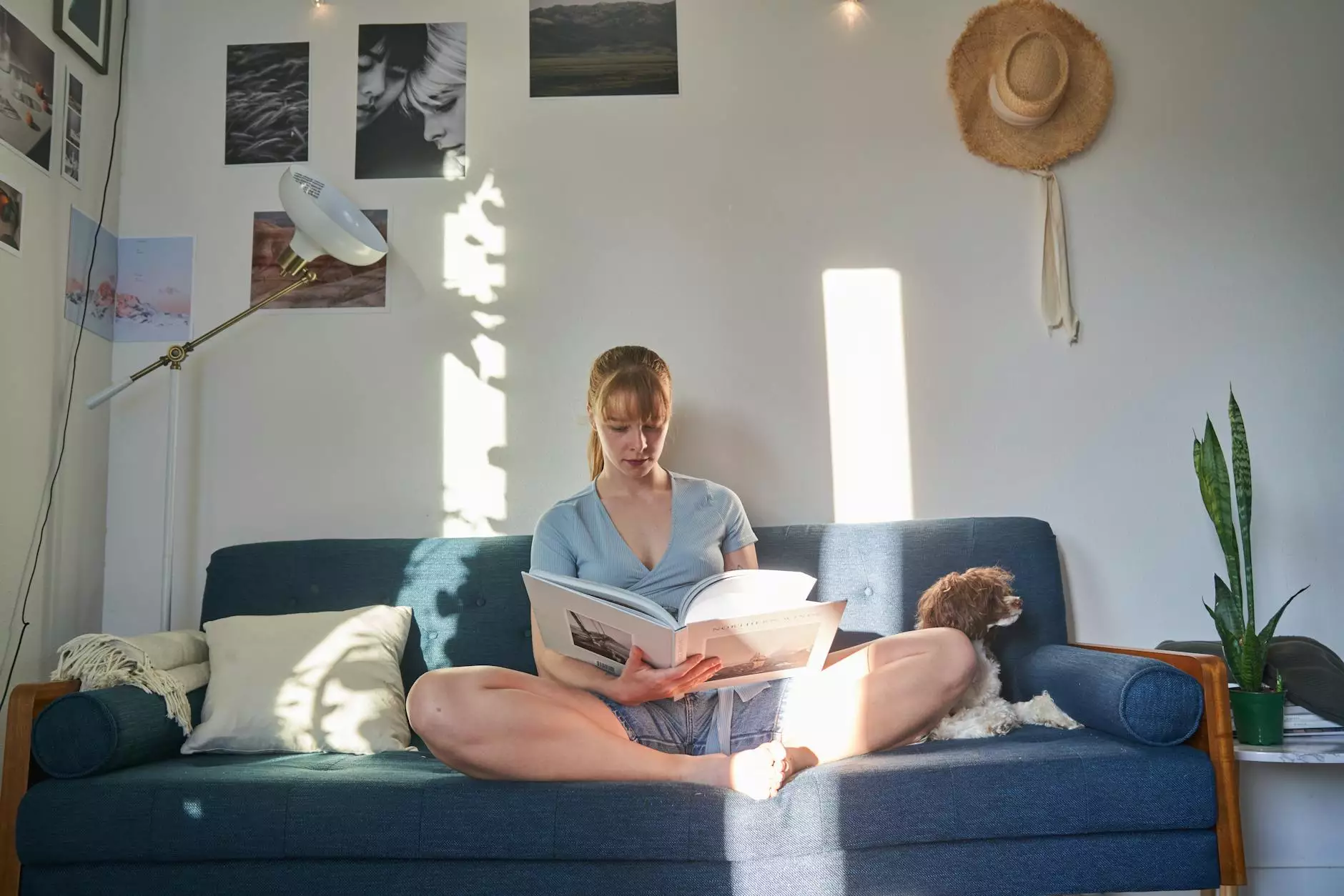Exploring the World of Site-Specific Light Art

Art has the extraordinary ability to transform spaces, evoke emotions, and challenge perceptions. Among the many forms of artistic expression, site-specific light art stands as a distinctive and dynamic medium that uniquely interacts with its environment. In this extensive exploration, we delve into the intricacies of site-specific light art, its impact on communities, and the visionary artists who breathe life into their surroundings through luminous creativity.
What is Site-Specific Light Art?
Site-specific light art refers to artwork specifically created to exist in a certain location. Artists consider the surrounding architecture, landscape, and existing light conditions when designing their installations. This type of art often employs artificial light as a fundamental element, shaping the viewer's experience and altering how we perceive a space.
At its core, site-specific light art is about context. Artists craft their pieces to respond to their immediate environment, resulting in installations that are both visually striking and deeply meaningful. By using light as a medium, artists can manipulate shadows, colors, and forms to create immersive experiences that tell stories, provoke thoughts, and evoke feelings.
The History of Light Art
The fascination with light as an artistic medium is not a recent phenomenon. Historically, artists have experimented with various light sources to enhance their works, but the emergence of site-specific light art as a recognized genre began to take shape in the late 20th century. Notable artists such as James Turrell and Dan Flavin pioneered innovative approaches that explored perception, space, and the essence of light itself.
Key Contributions to Site-Specific Light Art
- James Turrell: Famous for his immersive installations that manipulate light and space, Turrell’s works encourage viewers to engage with their perception of light. His iconic work "Skyspaces" allows individuals to experience the changing colors of the sky from the safety of an enclosed space.
- Dan Flavin: Utilizing fluorescent lights, Flavin created minimalist installations that redefine architectural spaces. His art draws attention to the aesthetic qualities of light itself, showcasing its ability to alter spatial perception.
- Olafur Eliasson: Known for his large-scale installations, Eliasson merges natural phenomena with artificial light. His work often invites viewers to reconsider their relationship with the environment through engaging light spectacles.
The Power of Light to Transform Spaces
One of the most remarkable aspects of site-specific light art is its capacity to transform ordinary spaces into extraordinary experiences. By applying innovative lighting techniques, artists can redefine the context of a location and alter our interactions with it.
Case Study: Grimanesa Amoros
Grimanesa Amoros, a prominent figure in the world of light art, exemplifies how an artist can engage with their space to create evocative narratives. Amoros harnesses the power of light to convey cultural and personal stories through her installations. Her work often features intricate designs that weave together various cultural elements and narratives, resulting in sites that are not only visually stunning but also rich in meaning.
For instance, one of her notable pieces, "La Lluvia," integrated light and design to reflect themes of migration and cultural connection. By embedding the artwork within specific urban landscapes, Amoros encouraged viewers to contemplate their relationship with the surrounding environment and the stories embedded within it.
Enhancing Community Engagement
Site-specific light art does more than just beautify; it actively engages communities. When thoughtfully integrated into urban planning and public spaces, these artworks foster a sense of pride and ownership within local neighborhoods.
Creating Cultural Identity
Art installations can become landmarks that encapsulate local history and culture. For instance, cities like Las Vegas and New York feature light art installations that have, over time, become synonymous with their identities. These illuminated works encourage both residents and tourists to connect to the place on a deeper level, reinforcing its significance as part of the community narrative.
Involving local artists in the creation of these works helps cultivate a rich cultural identity that resonates with the community, making the art more meaningful and personal. This is particularly important in diverse urban environments where various cultural narratives can be highlighted through light installations.
Challenges in Site-Specific Light Art
Creating site-specific light art also comes with its own set of challenges. Artists must navigate technical, environmental, and social factors when designing their installations.
Environmental Factors
Site-specific light art must consider existing architectural elements and environmental conditions. Artists often face constraints such as:
- Lighting Conditions: Daylight can adversely affect the visibility of artificial light installations; accordingly, artists must consider the timing and placement of their works.
- Weather: Outdoor installations are vulnerable to weather changes that can impact both the art's presentation and its electrical components.
Technical Limitations
Artists may also encounter technical hurdles in light projection, including:
- Power Sources: Access to adequate electrical resources is often a concern, requiring careful planning and logistical coordination.
- Technology Integration: Implementing advanced lighting technologies such as LEDs or interactive elements can be both costly and time-consuming.
Future Trends in Site-Specific Light Art
As technology advances, the future of site-specific light art seems incredibly promising. Artists are increasingly incorporating interactive and adaptive technologies to create responsive installations that engage audiences on multiple levels.
Embracing Virtual and Augmented Reality
Virtual reality (VR) and augmented reality (AR) present exciting avenues for artists, allowing for immersive experiences that enhance the viewer’s engagement with light installations. These technologies not only create compelling narratives but also provide artists with platforms to experiment with light like never before.
Environmental Consciousness
With a growing emphasis on sustainability, many artists today are focused on creating environmentally friendly installations. Utilizing solar-powered lights and energy-efficient designs can help reduce the carbon footprint of light art installations, aligning with contemporary environmental movements.
Conclusion
As we explore the world of site-specific light art, it is clear that this medium holds immense potential to transform spaces and enhance community experiences. Through the innovative use of light, artists like Grimanesa Amoros breathe new life into public spaces, encouraging reflection and engagement among viewers.
The vibrant narratives spun through light not only illuminate the physical world but also connect us to deeper cultural meanings and personal stories. The continual evolution of this art form, coupled with advances in technology and a commitment to environmental consciousness, ensures that site-specific light art will remain a vital and inspiring force in the art world for years to come.
As this medium flourishes, we encourage everyone to seek out and experience these mesmerizing installations firsthand. Engaging with light art is not just a visual journey; it is an opportunity to connect with the essence of our surroundings and the stories they hold.









